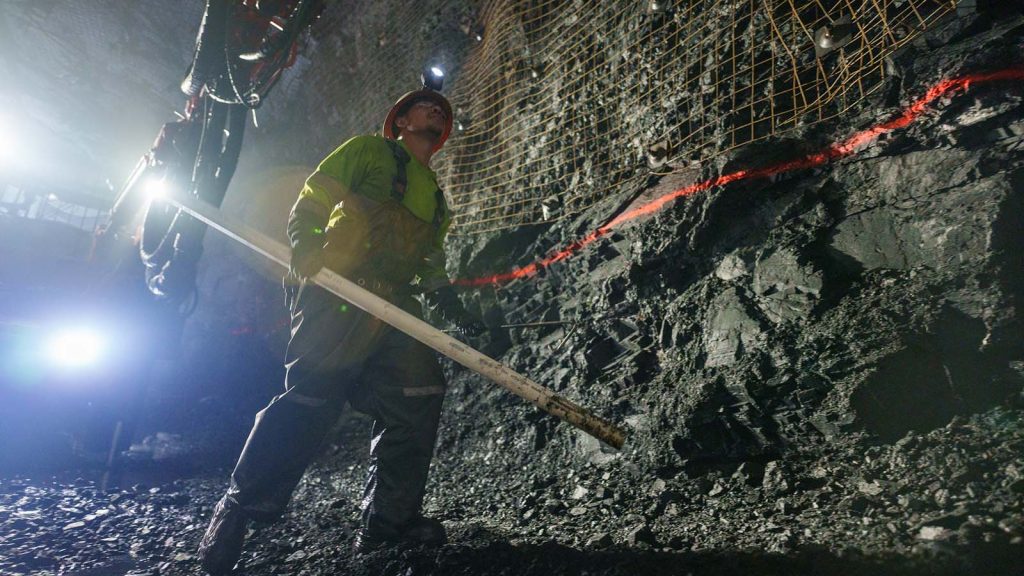Barrick Faces Strategic Crossroads After CEO Departure
Barrick Gold Corporation has announced that Mark Bristow, its President and CEO, has resigned after more than six years in charge. The company gave no official reason for the decision but confirmed that Mark Hill, a senior executive previously overseeing Latin America and Asia Pacific operations, will serve as interim CEO while a global search for a permanent replacement is conducted.
The move has sparked widespread speculation that a major strategic shift could be underway at the world’s second-largest gold producer.
Investor Pressure and Strategic Uncertainty
Under Bristow’s leadership, Barrick pursued ambitious expansion into copper and high-risk jurisdictions, particularly across Africa and Latin America. But despite strong gold prices in recent years, the company’s share price has underperformed compared to major competitors like Newmont and Agnico Eagle.
Investors have expressed growing concern over rising operational costs, missed profit targets, and exposure to politically volatile regions. Many analysts believe the leadership change could pave the way for asset divestitures or even potential takeover interest.
A key opportunity lies in Nevada’s Fourmile project, one of the most promising gold discoveries in decades, projected to produce up to 750,000 ounces annually. Analysts expect the new leadership may favor low-risk, high-return projects such as this over higher-risk ventures abroad.
African Portfolio Under Scrutiny
Barrick’s African and Middle Eastern mines account for a significant portion of its global gold and copper output, but also its greatest exposure to geopolitical risk.
The company’s flagship Loulo-Gounkoto complex in Mali remains embroiled in a bitter dispute with Mali’s military government. Authorities recently seized three tonnes of gold over alleged tax arrears, prompting a temporary suspension of operations. Barrick later wrote down its 80% stake in the mine.
This standoff underscores the broader risks of doing business in certain African jurisdictions, an issue that could prompt a strategic reassessment under new leadership.
Analysts Predict Possible Moves
🔸 1. Targeted Asset Sales
Barrick could offload operations in high-risk areas like Mali, the DRC, or certain West African states to streamline its global footprint. Such sales may attract interest from regional miners and sovereign-backed investors.
🔸 2. Reallocation of Capital
New leadership may channel more investment toward North America and Asia, delaying or reducing spending on new African exploration projects.
🔸 3. Operational Streamlining
Barrick could pursue efficiency drives across its African operations—cutting costs, consolidating management layers, and leveraging digital technologies to improve productivity.
🔸 4. Political and Social Impact
Any reduction in African investment may strain relations with host governments and communities that depend on Barrick’s mines for employment and local development.
Best-Case Scenario: Strategic Refocus Without Retreat
In an optimistic outlook, Barrick’s new leadership uses this transition to refocus and stabilize its African operations while strengthening profitability.
This would involve:
- Renegotiating long-term agreements with African governments.
- Investing in technology and sustainability to cut costs and improve reliability.
- Retaining strategic high-grade assets like Kibali (DRC) and Loulo-Gounkoto (Mali) once disputes are settled.
- Expanding exploration in lower-risk African markets such as Tanzania, Zambia, and Namibia.
Such a strategy would position Barrick to remain a dominant player in African mining while restoring investor confidence.
Worst-Case Scenario: Retreat and Loss of Influence
In a less favorable scenario, the leadership change could lead to a rapid pullback from Africa, as Barrick divests major assets in politically sensitive regions.
Consequences could include:
- The loss of strategic reserves in key mining territories.
- Community backlash over mine closures or job losses.
- Competitors, especially state-backed Chinese or Middle Eastern firms moving in to acquire Barrick’s vacated assets.
- A long-term erosion of Barrick’s influence in Africa’s gold sector.
This outcome could significantly alter the balance of power in African mining, diminishing Barrick’s presence on a continent that has historically driven much of its growth.
Outlook: A Critical Moment for Barrick and Africa
The next few months will be pivotal for Barrick as investors, partners, and governments watch how the company redefines its strategy.
The new CEO’s approach to risk, capital allocation, and geopolitical exposure will determine whether Barrick consolidates its position as a global mining powerhouse, or retreats into a narrower, less diversified future.
Whatever course it takes, the impact will reverberate across Africa’s mining landscape, shaping partnerships, policies, and investments for years to come.







